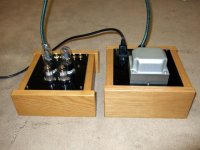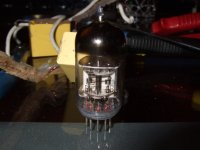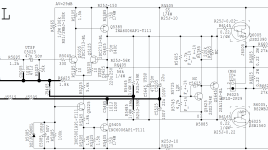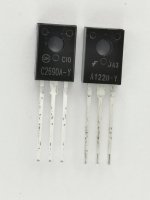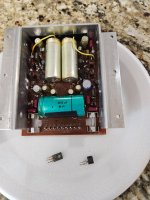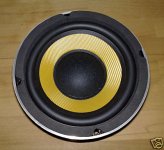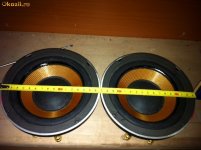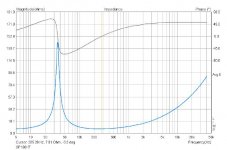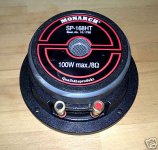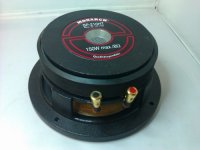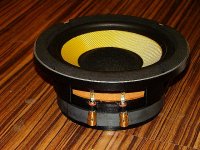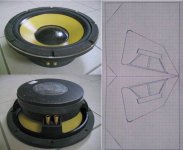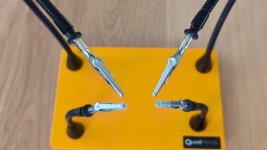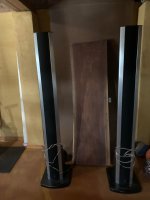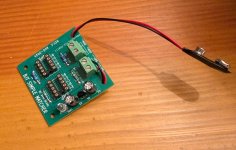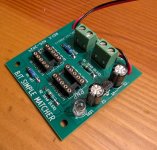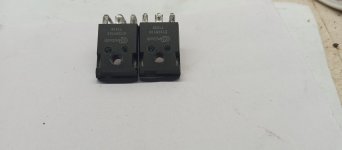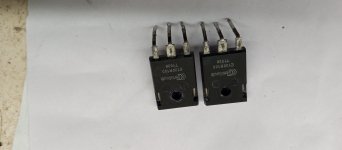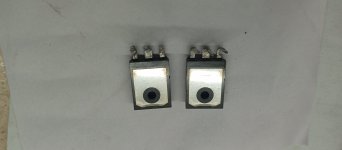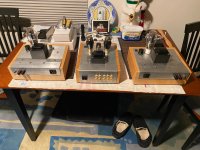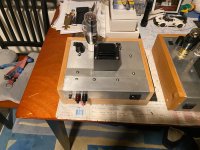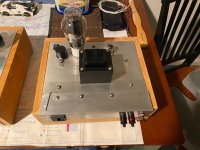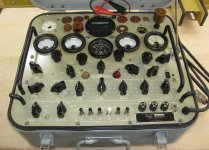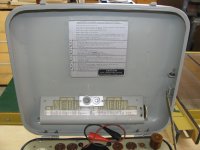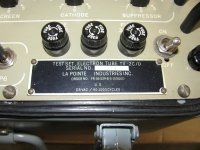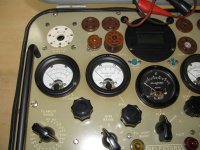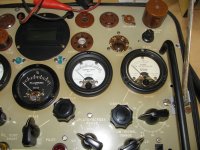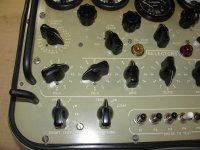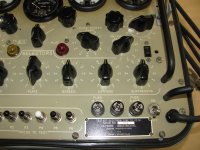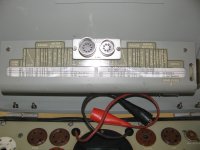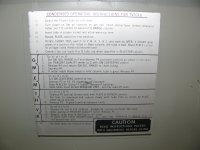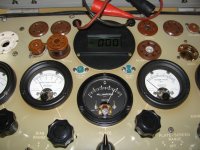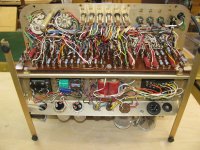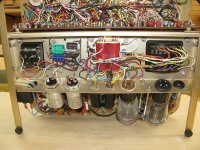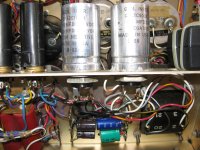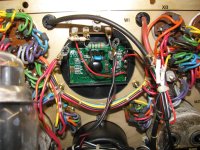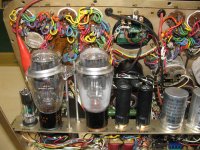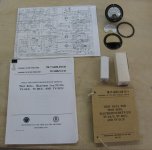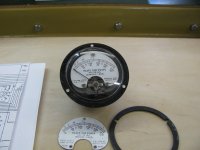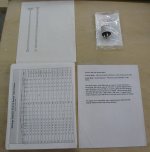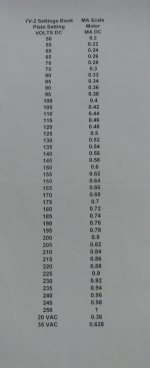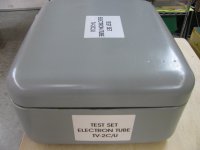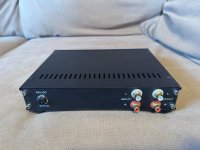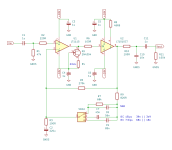Edit Nov 30, 2021: Andrewbee posted plans (that he got somewhere on DIYA, we thank the author whoever you are) for a Karlsonator for the W5-2143. I don’t remember the simulation on this one but I have literally done hundreds so would not surprise me if I forgot. Looks like a taller aspect ratio and that makes sense as this driver has a lower Qts and more powerful motor.
https://www.diyaudio.com/forums/attachment.php?attachmentid=1001541&d=1638274724
Edit Jan 16, 2021: A beautiful
example of dual 3FE25-16 Karlsonator by Ripson. He went all out and covered them with repurposed antique pine from a barn and made grill too:
Edit July 3, 2020: Gecko made a beautiful foamcore 0.53x with PA130-8 and cherry aperture:
Edit Feb 10, 2020: super 0.4x* build by vox with 3FE22:
*scale slightly smaller than 0.4x
Edit Feb 6, 2020: just managed to locate nice plans by Skylar88 for dual 3FE25’s:
Edit Dec 16, 2019: tips on adding sound dampening foam for wooden mini Karlsonators here
Mini Karlsonator (0.53X) with Dual TC9FD's
Edit June 23, 2019: 0.53x Karlsonator plans in BB plywood by Jhofland here:
Mini Karlsonator (0.53X) with Dual TC9FD's
Edit: Feb25, 2018 - New "Score and Fold" CAD plans of 0.53x Karlsonator by Mudjester in metric and English units! A huge thank you to Mudjester for making this very comprehensive planset -
one of the best I have seen ever!. These plans are in 1:4 scale in case you want to print out and use a ruler to measure and scale. Thread discussion
here.
Metric:
http://www.diyaudio.com/forums/atta...fds-0-53x-karlsonator-score-fold-plans-mm-pdf
Engish:
http://www.diyaudio.com/forums/atta...tc9fds-0-53x-karlsonator-score-fold-plans-pdf
Edit (Apr 29, 2015): Latest 0.40x K'nator Score-N-Fold Plans by Mudjester available here:
https://www.diyaudio.com/community/attachments/0-4x_karlsonator_plans-pdf.1027626/
EDIT (Mar 29, 2015): The Dayton PA130-8 driver ($18) works exceptionally well in a 0.53x scale Karlsonator. Very rich full bass and great sensitivity too.
Mini Karlsonator (0.53X) with Dual TC9FD's - Page 133 - diyAudio
0.53x with PA130-8:
Here is the measured response of the PA130-8 in the 0.53x (at 0.5m with speaker in 29in high stand) - the red trace. Note that scale is 5dB/division and this is gated to 4ms and 1/48th octave averaging. The performance of about +/- 3.5dB is very good for a K aperture and good for many speakers in general:
In stereo as a stand-mount speaker the imaging is fantastic and with a wide sweet spot afforded by K aperture:
EDIT (12/1/2013): There is a 0.4X single driver version that is only 12 in tall x 6 in wide that works very well. Go to post 160 for details
http://www.diyaudio.com/forums/full...sonator-0-53x-dual-tc9fds-16.html#post3722988
EDIT (1/3/2023): Here is the DXF file for laser cutting a score and fold 0.40X foamcore Karlsonator, file provided generously by member @mudjester.
https://www.diyaudio.com/community/...or-0-53x-with-dual-tc9fds.239338/post-7554841
Here is a photo of the 0.4x
Here is the predicted response of the 0.4x with a single TC9FD with 2 watts power and listening near field at 24 in (on a desk for example) and a wall located 5 ft away.
Edit: Hot off the press! Sept 17, 2014 -
Here is the measured response of the 0.40x with a Faital Pro 3FE25 driver (4ohm):
Here is the sound clip with the 3FE25:
diyAudio
Here is a nice drawing of the 0.4x plans by Bl21de3 (Blaides):
http://www.diyaudio.com/forums/full...sonator-0-53x-dual-tc9fds-56.html#post3880182
Here is the Cut and Fold Razorlab or Ponoko File version of the 0.4x for a smaller Visaton FRS8.
http://www.diyaudio.com/forums/full...onator-0-53x-dual-tc9fds-103.html#post4113372
Edit: Sept 18, 2015 - Plans for 0.44x tall x 0.44x deep x 0.55x wide K'nator for FE103SOL or FE103/RS 40-1197:
https://plus.google.com/photos/1005...6195254979670171890&oid=100545049816297868412
Here is the post showing details of the build process for a Score & Fold 0.4x:
http://www.diyaudio.com/forums/full...onator-0-53x-dual-tc9fds-115.html#post4139973
Post 198 has a nice CAD drawing of the dual driver 0.53x plans by Tb46.
diyAudio
Edit Mar 8, 2017: Here is a nice plan for a 0.50x & 0.42x wide Karlsonator for a Pluvia 7
http://www.diyaudio.com/forums/atta...or-0-53x-dual-tc9fds-karlsonator-pluvia-7.pdf
http://www.diyaudio.com/forums/atta...onator-pluvia-7-cutting-folding-glue-plan.pdf
----
I started this idea in the Speaker that Kicks Butt thread here:
http://www.diyaudio.com/forums/full-range/237948-speaker-kicks-butt-large-spaces-19.html#post3553874 , and found that the speaker I built worked so well, and there has been interest shown by others for plans and construction details that I thought it deserves it own thread. I have to give credit to GregB who designed the Karlsonator (full scale) as this speaker was simply scaled down in size by approximately 0.53X to accomodate the dual drivers on a vertical orientation. The Karlsonator original plan can be found here:
https://lh3.googleusercontent.com/-...ABik/txissf4J4PI/w678-h524-no/Karlsonator.png
This speaker could be built out of plywood certainly, but as a foam core build, it was very easy to make (about 2 hrs) and is a very cost effective great sounding speaker. If you are familiar with my work, you will notice the recurring commonality: the Vifa TC9FD driver. This is a great sounding inexpensive little driver and I was surprised that it works in this type of enclosure given that it is relatively high Qts. I would not have built it had I not simulated it in AkAbak first (
http://www.diyaudio.com/forums/full-range/237948-speaker-kicks-butt-large-spaces-19.html#post3553874)
The initial sim shows a nice punchy bass shelf down to about 70 Hz:
I then proceeded to build it in an evening, and it was quite a fun and easy build that can be done with exactly 2 sheets of $1 foam core board from the dollar store.
Here is the finished speaker:
The plan, optimized for standard 20 in x 30 in x 3/16 in thick foam core material looks like this:
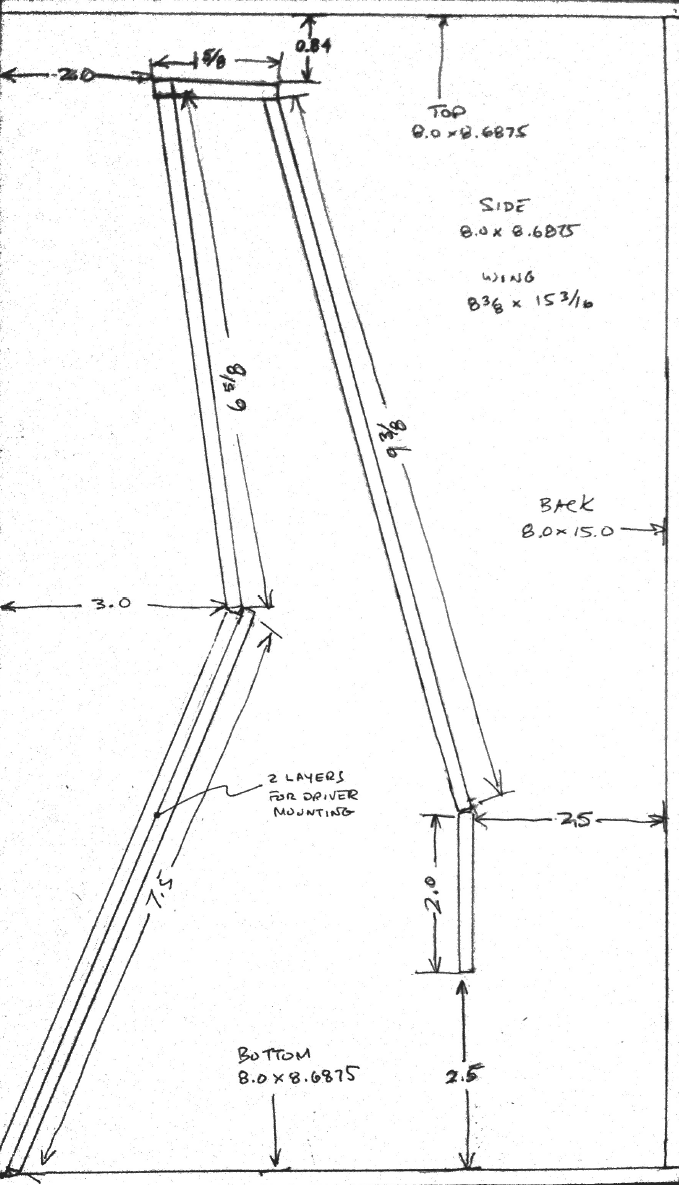
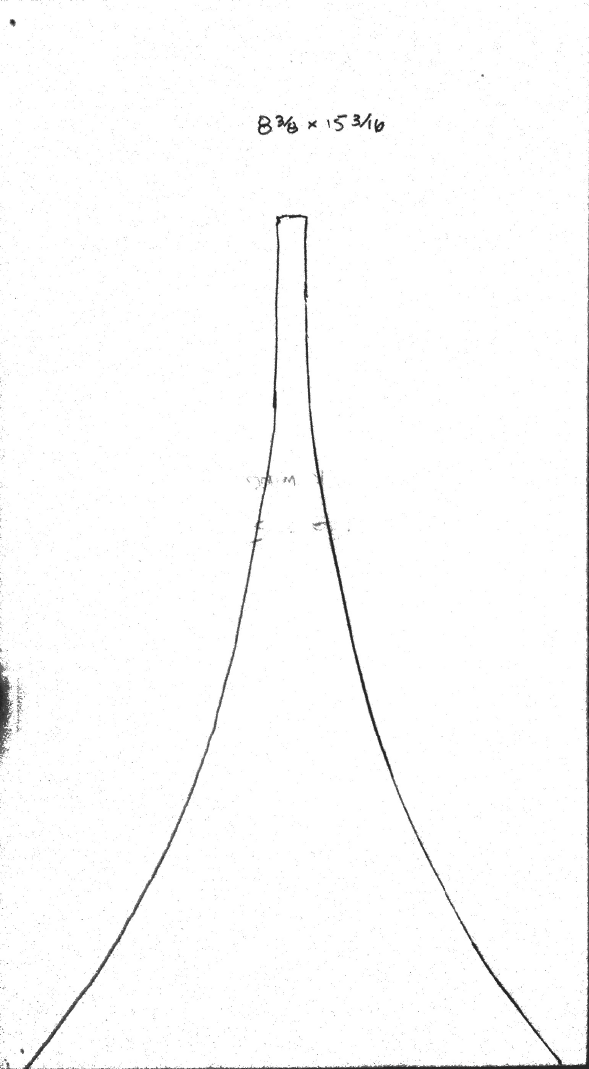
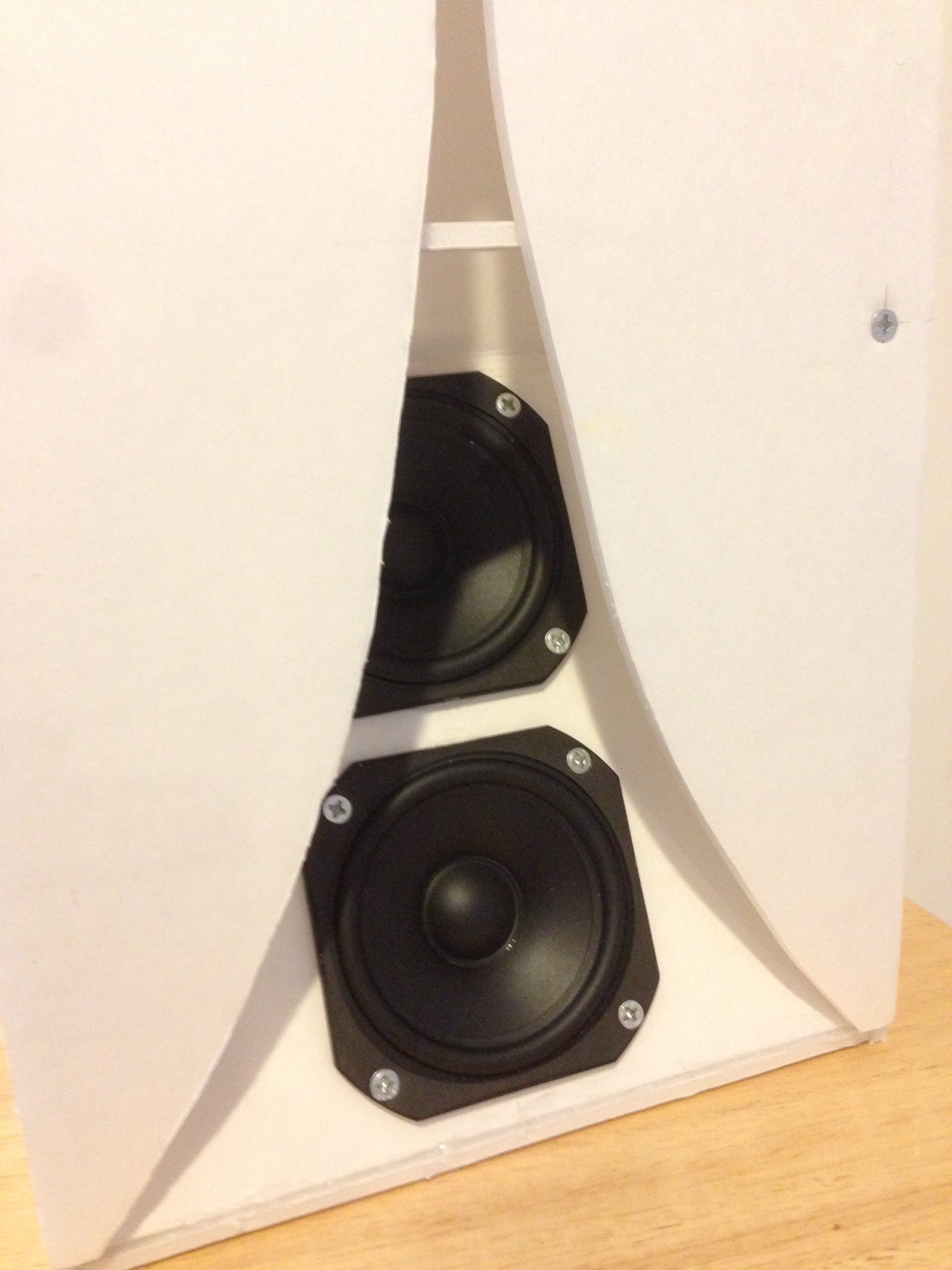
And when I plugged it in and turned it on, WOW! Even in pseudo mono (left channel to top driver and right channel to bottom driver) I was just amazed at the clarity, depth, and naturalness of the sound. The bass was tight and punchy, and easy - not strained. The sounds from vocals was just wonderful, and bass guitar and bowed double bass just had a very natural presentation. The other thing I noticed was that the speakers were very efficient (that is quite loud) with very little cone movement compared to some of the other cabinets that these Vifas had been in before. I immediately just loved the rich natural sound. It works very well with classic rock like Dire Straits as well as female vocals, and jazz. So you may wonder how it really sounds, well I recorded some sound clips and zipped them so they can be uploaded here. Check them out and see for yourself, they are recorded with a Zoom H4 with XY mic at 3 meters away and stored on pretty lossy 128 kbit format so that I could fit them into the max file size limit. The full size files sound even more amazing.
I highly recommend this build, as it sounds great, is inexpensive, easy to build, and gives you the unique opportunity to experience what a Karlson type speaker is all about. I would not have gone about doing this had it not been for my extensive modeling and simulation of a Karlson, which led me to see (on paper) the unique capabilities: wide spatial dispersion, high efficiency, natural lifelike sound, punchy bass.
I will continue this thread with a build log of the second speaker box so that I will finally have a stereo pair and I will document the build process for you to follow.
I hope you give it a try - you will be pleasantly surprised, and you will have a unique speaker that can be used for a variety of purposes. It excels as a table radio in pseudo stereo for great background music that fills the room with a rich full lifelike sound.
Below are the sound clips. Enjoy!
🙂
Regards,
X
Edit (7/24/2017) - I forgot to include this link for a nice min Karlsonator with CHN-70:
Improving the CHN-70
Edit (Sept 13, 2017): Bonjonno reports that the 0.40x Mini Karlsonator kicks butt as a studio monitor. See post #2120.
Edit (Aug 23, 2018): Skylar made some nice 0.53x dual 3FE25-8 plans here:
http://www.diyaudio.com/forums/full...onator-0-53x-dual-tc9fds-286.html#post5523965
Edit (Dec. 12, 2018): I have figured out how to make the Karlsonators out of wood without sounding boxy. Here is a great example built by Jhofland for me and I finished with boiled linseed oil and hand rubbed wax. Internally lined with melamine foam pads adjacent to driver in rear chamber seems to do the trick. Also added some pads on sidewalls on front chamber and lined backside of aperture with paper faced foamcore. This particular example is fitted with dial 3FE25-16’s.
Sketchup plans for above wooden 0.53x by Jhofland here:
Mini Karlsonator (0.53X) with Dual TC9FD's
Tips on how to apply melamine foam pads to break the "wooden box curse" here:
Mini Karlsonator (0.53X) with Dual TC9FD's
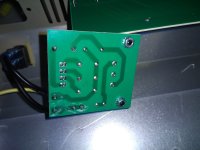

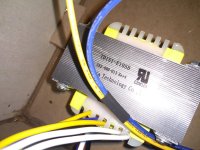
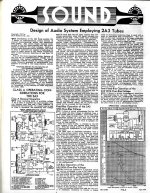
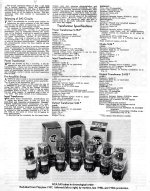
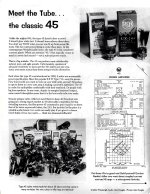
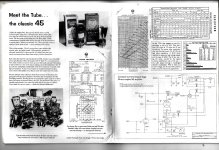
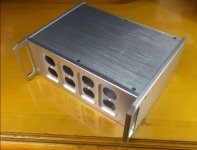
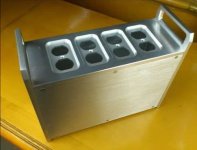
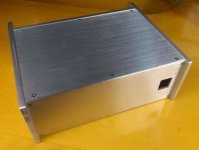
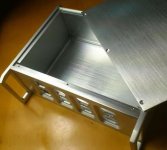
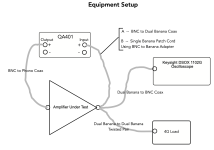
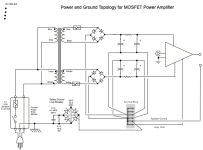
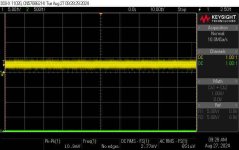
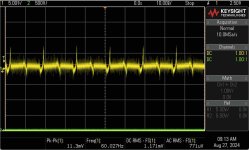
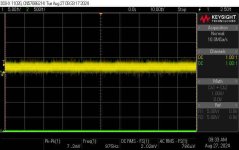
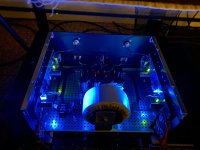
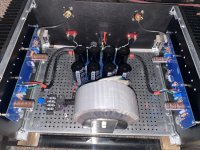

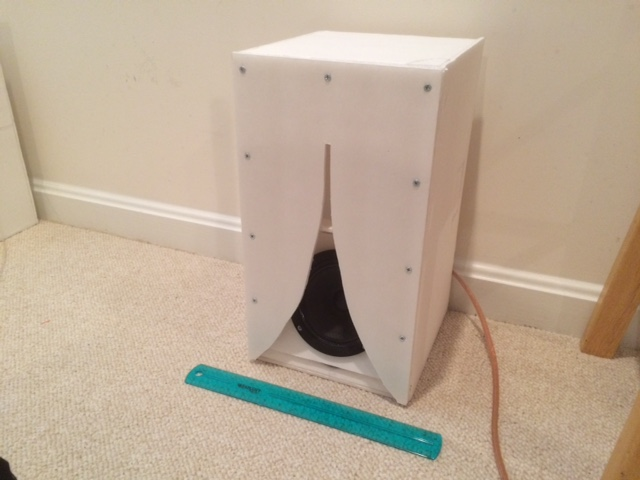
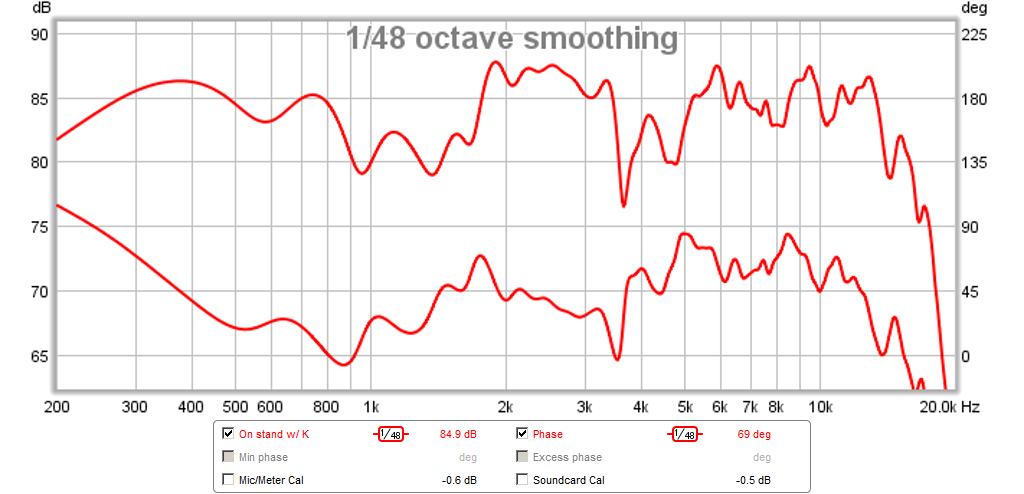
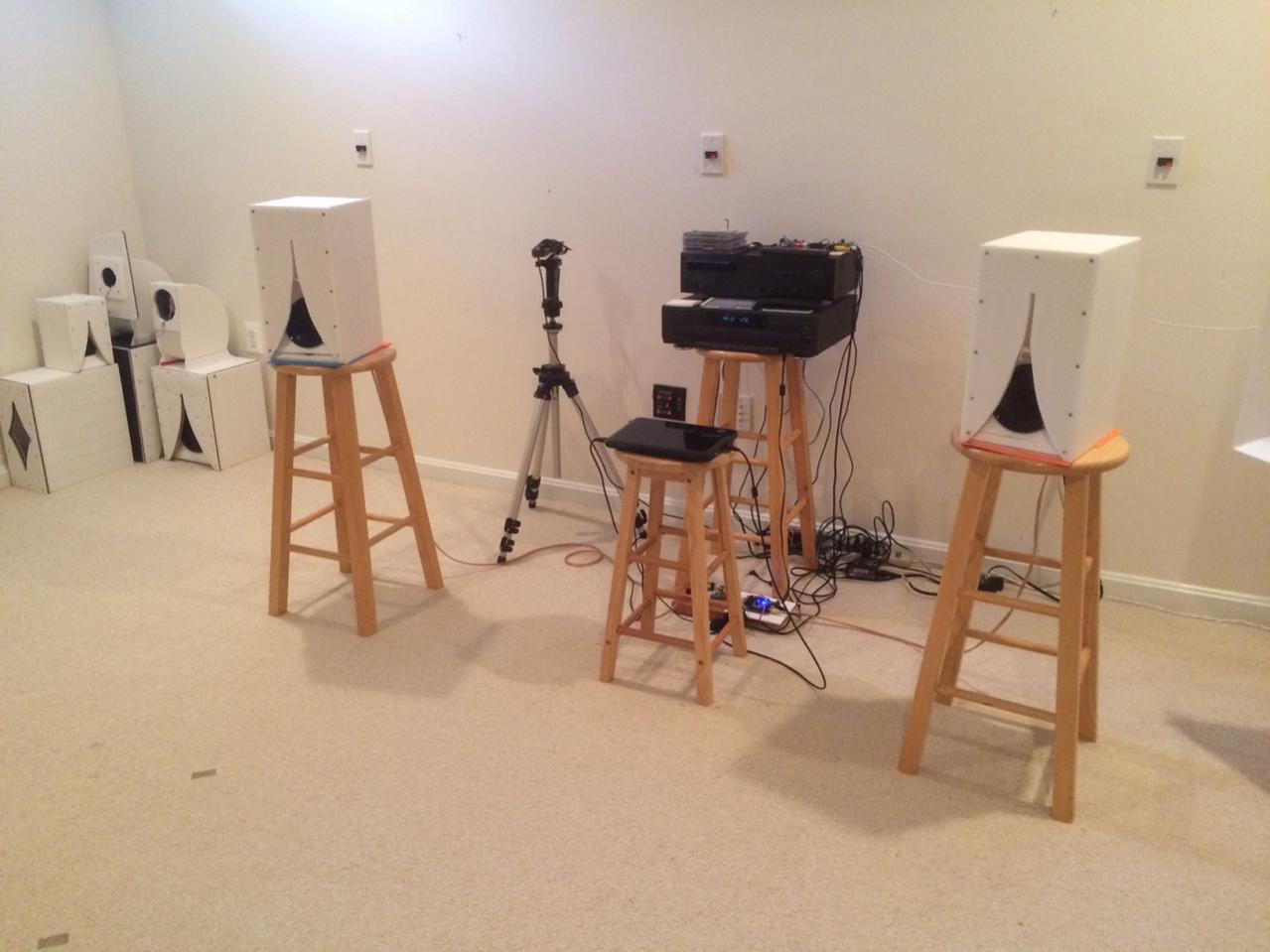
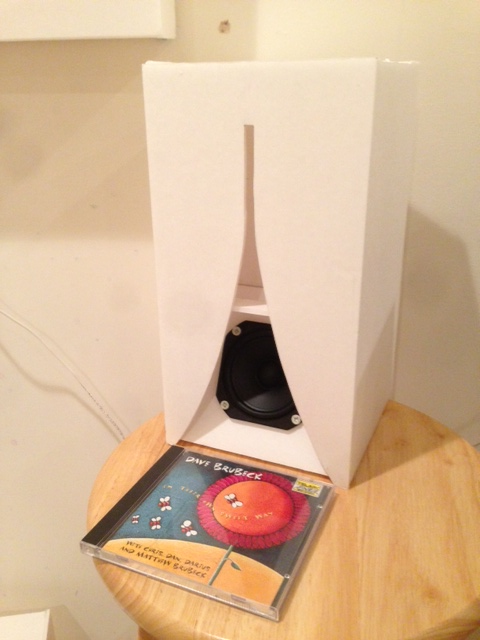

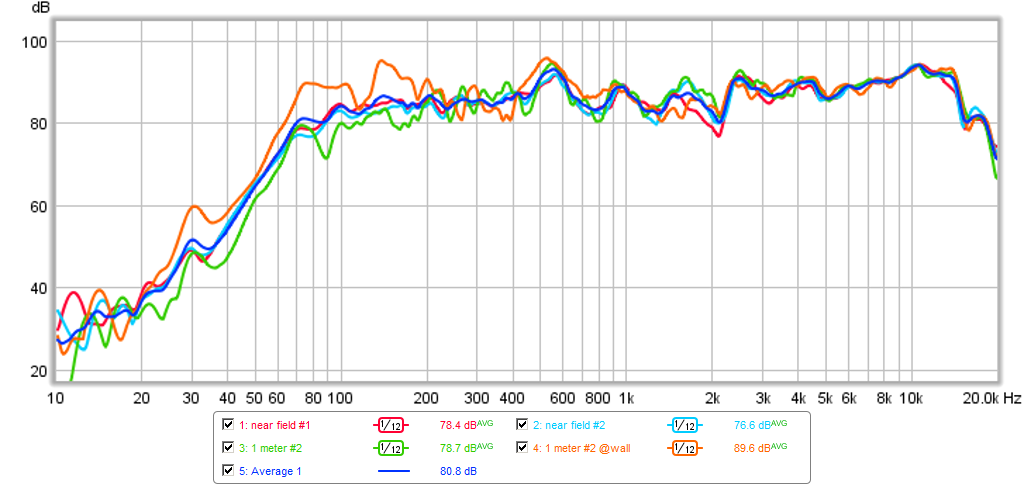
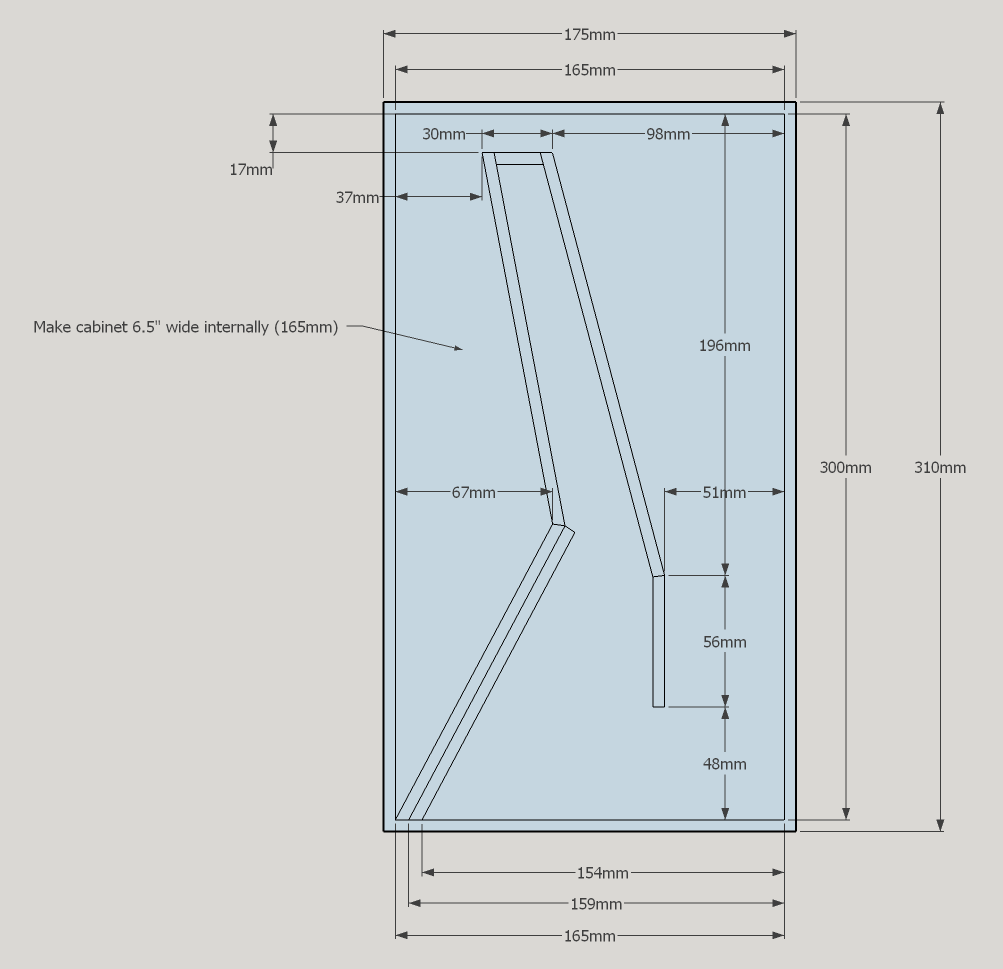
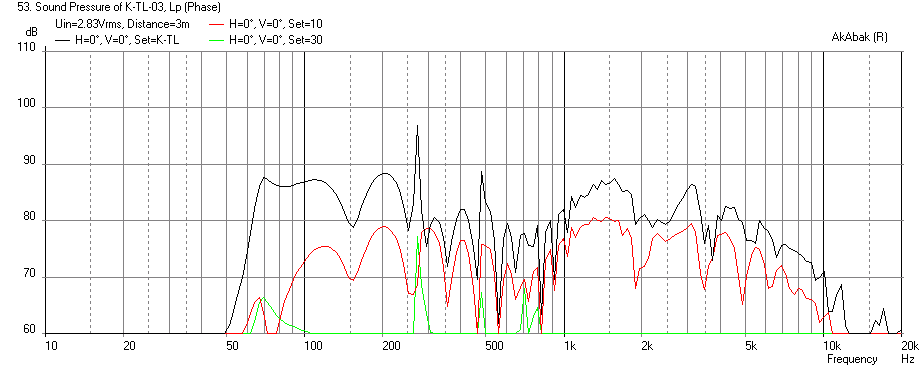

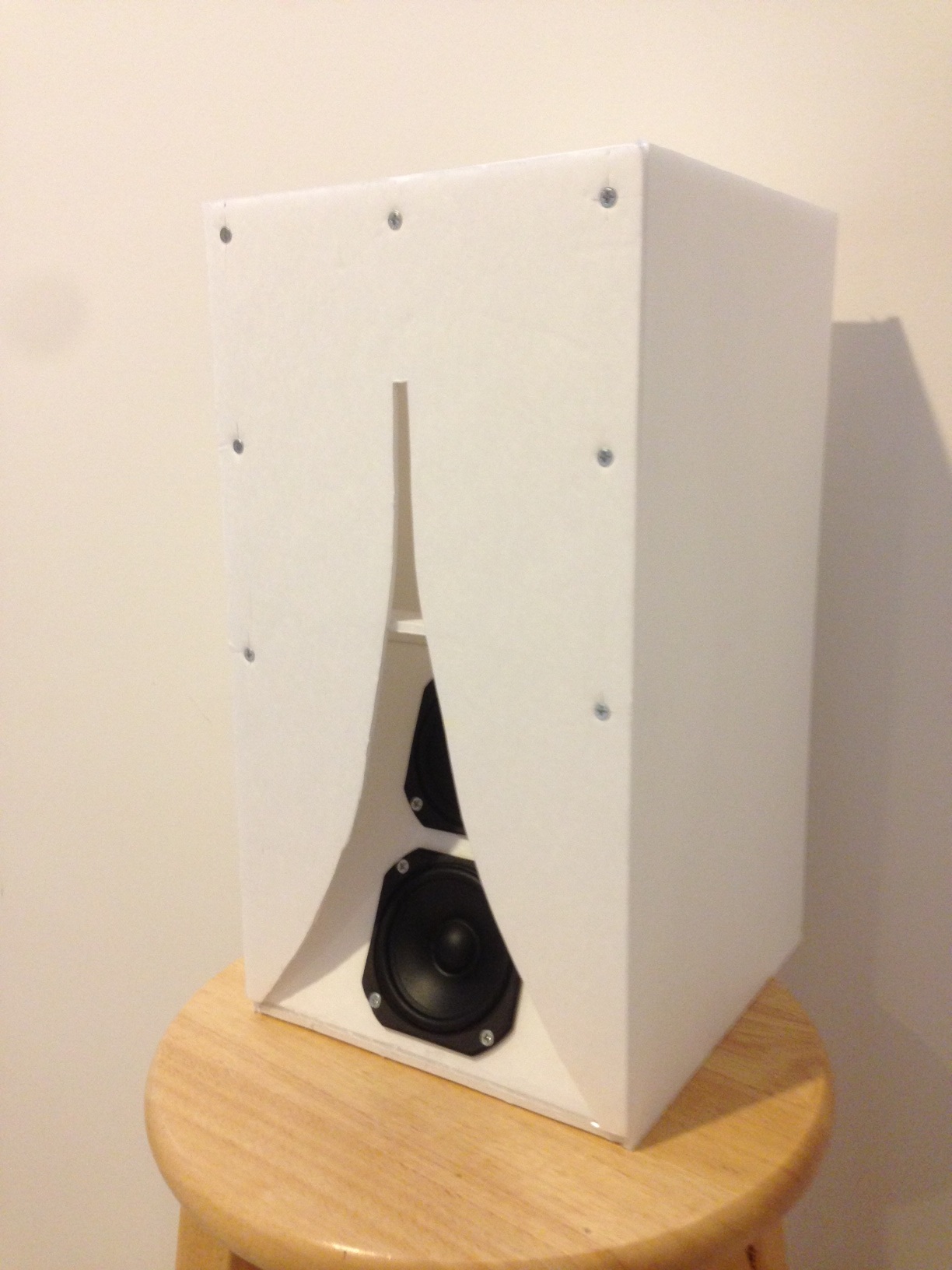



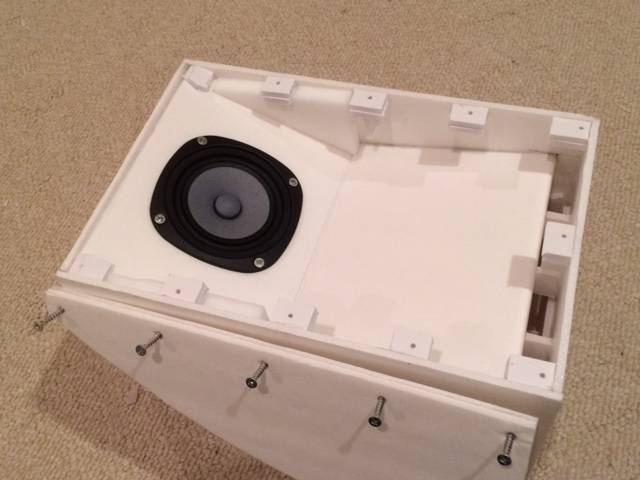

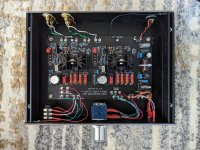


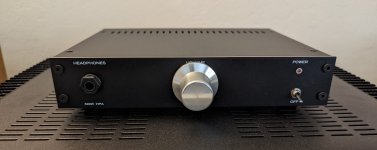
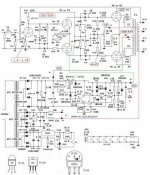
 Had to mess with glass again.
Had to mess with glass again. 